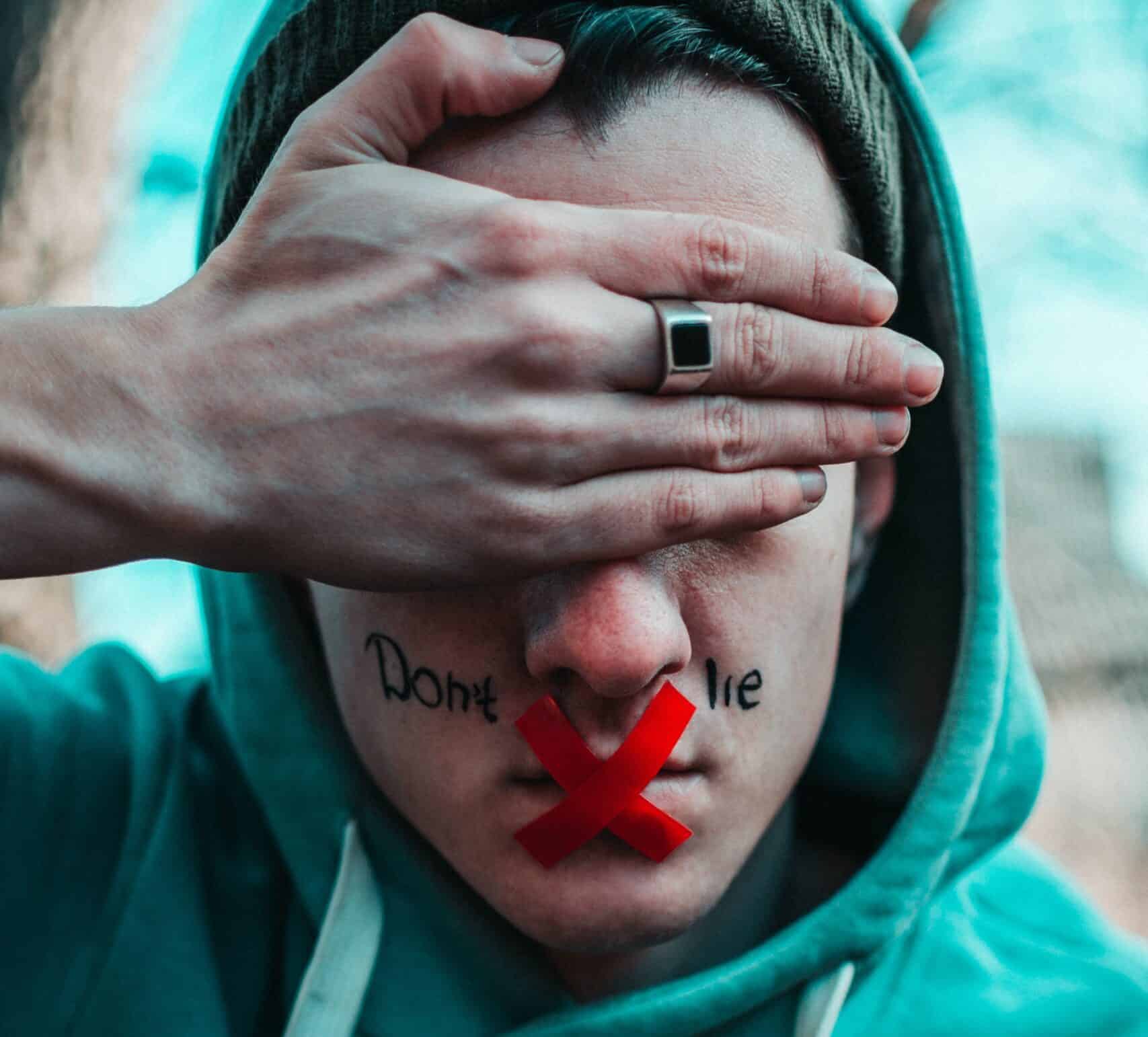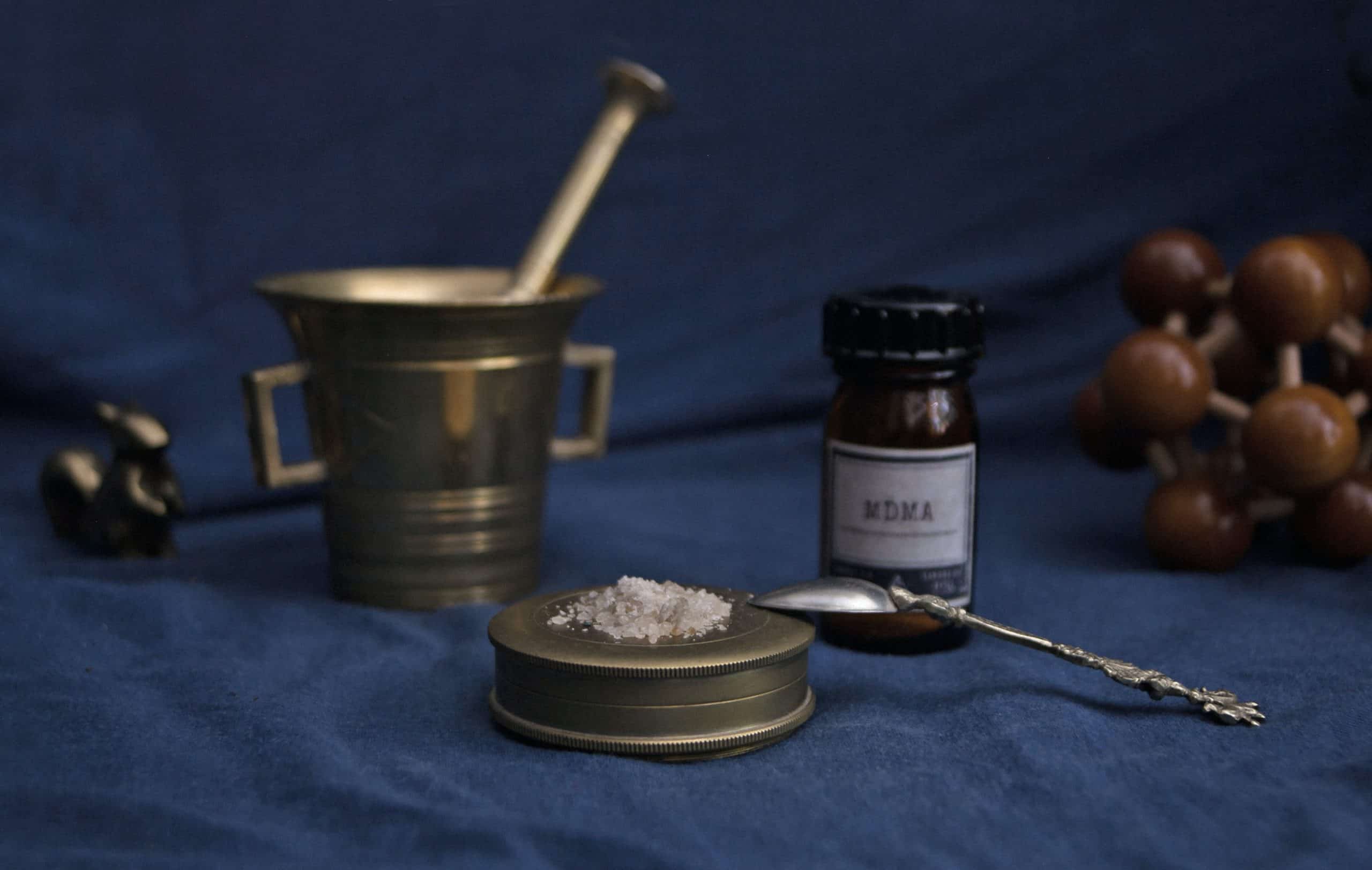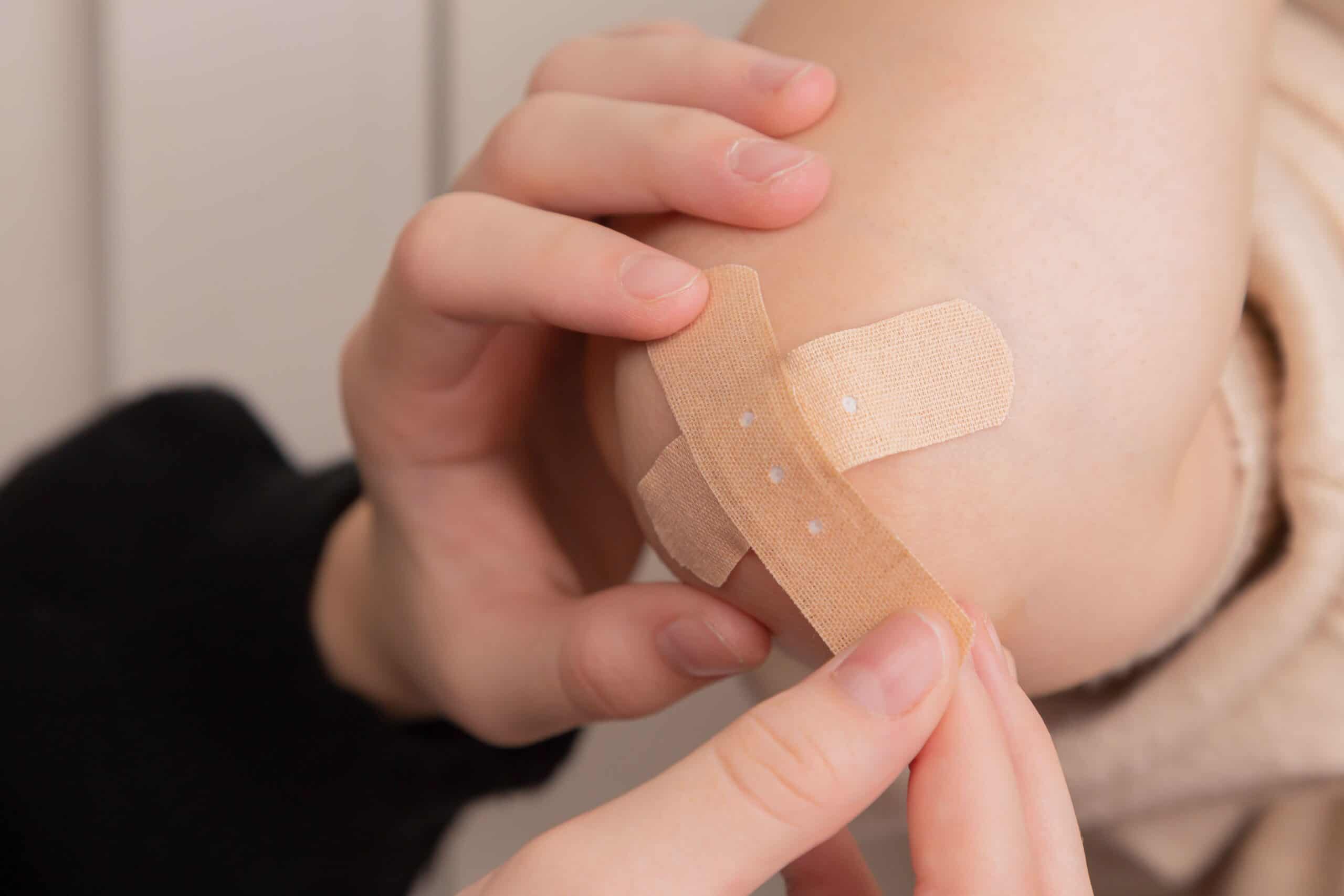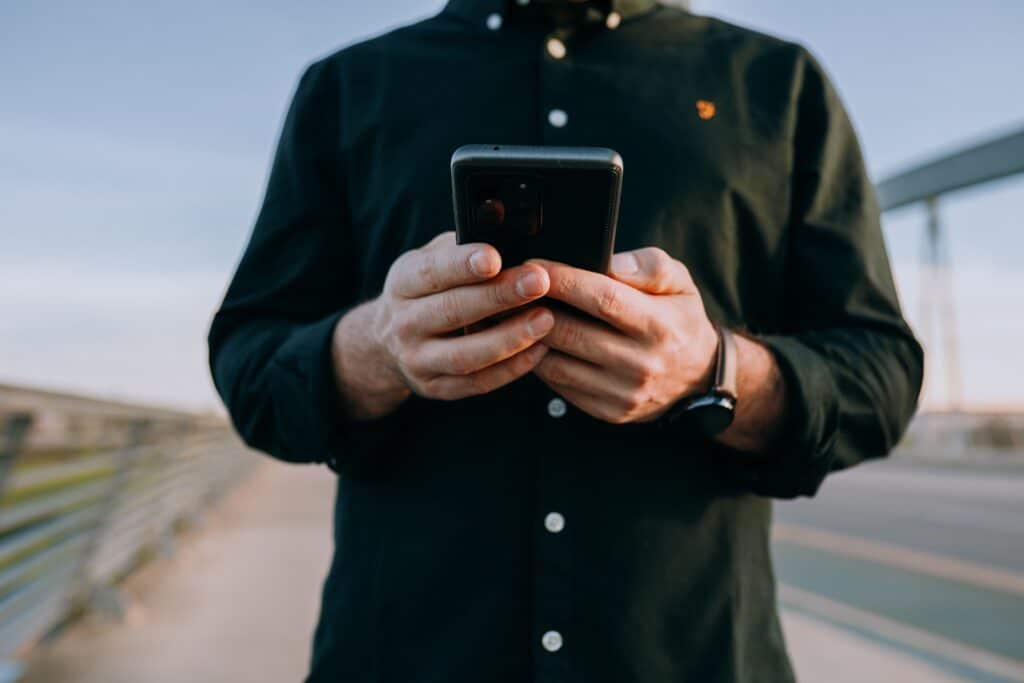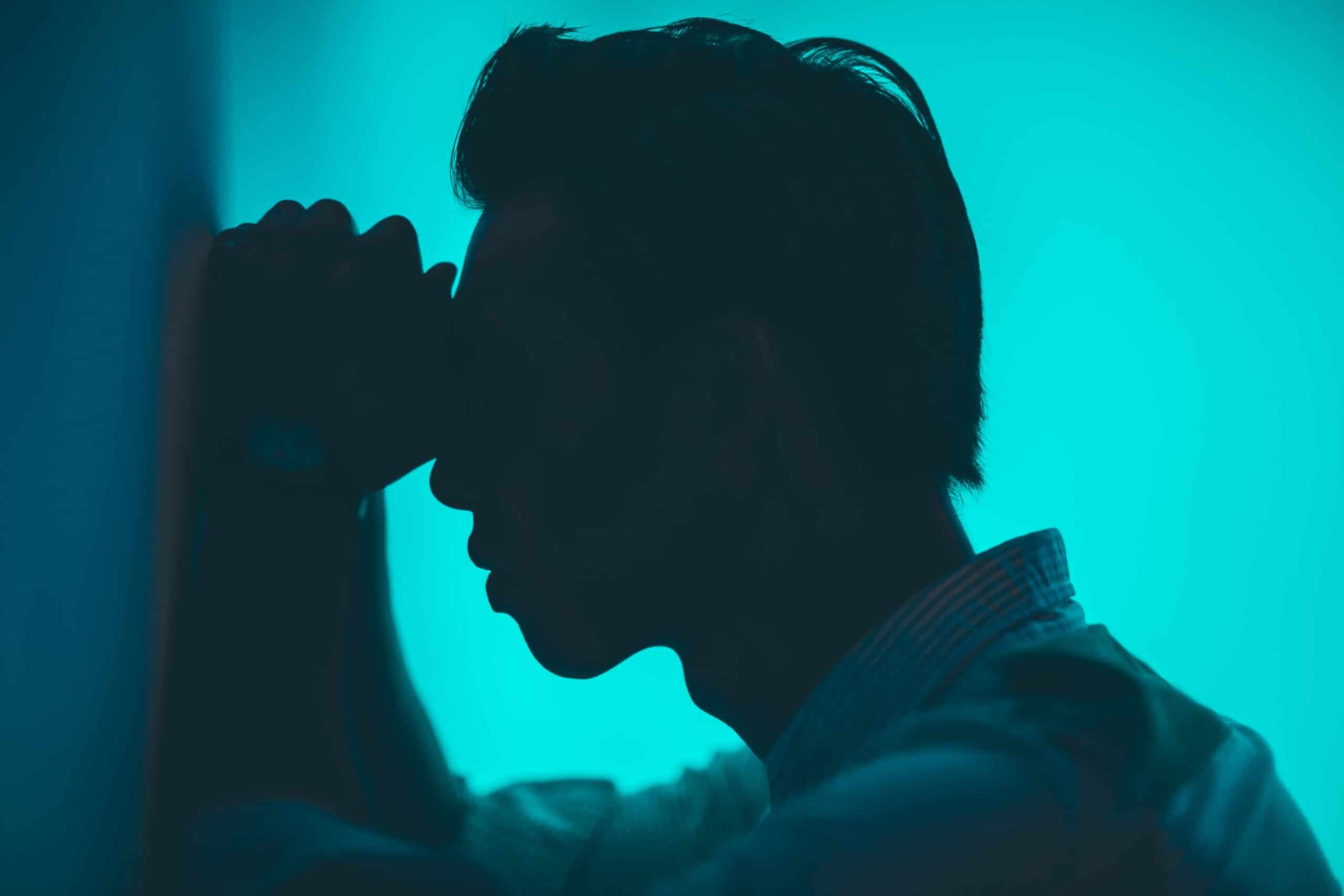You Could Be Unknowingly Suffering From Myofascial Pain Syndrome (MPS)

Myofascial Pain Syndrome is a common yet often misdiagnosed cause of chronic pain. The misdiagnosis is often due to a lack of specific laboratory indicators and imaging evidence. For this reason, MPS is often confused with other conditions including fibromyalgia and pain from degenerative changes in the intervertebral discs.
MPS typically occurs in muscles that are repetitively contracted. The repetitive motion causes sensitive pain – or trigger – points that radiate pain upon compression in the impacted muscle as well as in other parts of the body.
If you have MPS and have not been correctly diagnosed and are subsequently not being treated correctly, your condition will not improve. Pain pills will only relieve symptoms temporarily and surgery is not an option. There are many natural, safe, and effective treatments that can provide relief from MPS. Among the natural treatments, chiropractic care has proven to be very helpful. Chiropractors can treat myofascial trigger points through manual myofascial therapy. The therapies typically involve applying direct pressure on the trigger points. Alternatively, chiropractors can use active anchor-and-stretch myofascial release techniques to treat the muscle pain.
Some of the symptoms that indicate MPS are the following:
- Deep, aching, throbbing pain in a muscle with accompanying pain and stiffness
- Small bumps, knots, or nodules—referred to as trigger points– in the muscles that are tender and generate pain when touched. Compression of trigger points may elicit a contraction of the muscle fiber, known as the twitch response.
- Restricted range of motion when stretching the affected muscle
- Weakening of the affected muscle
- Difficulty sleeping due to pain
- Headaches or migraines
If you suffer from chronic pain and have not found relief, you could be suffering from myofascial pain syndrome. If you have not sought alternative treatment, you could find real relief from exploring chiropractic, massage, acupuncture, and other natural modalities. If you live in the D.C. area, reach out to one of my offices and let’s get you correctly diagnosed and out of pain.
For more information you may find this article helpful:
https://www.paintreatmentdirectory.com/posts/natural-treatment-of-myofascial-pain-syndrome
www.drjohnrosa.com
• #overdosefreeamerica
• #samehere
• #5in5

